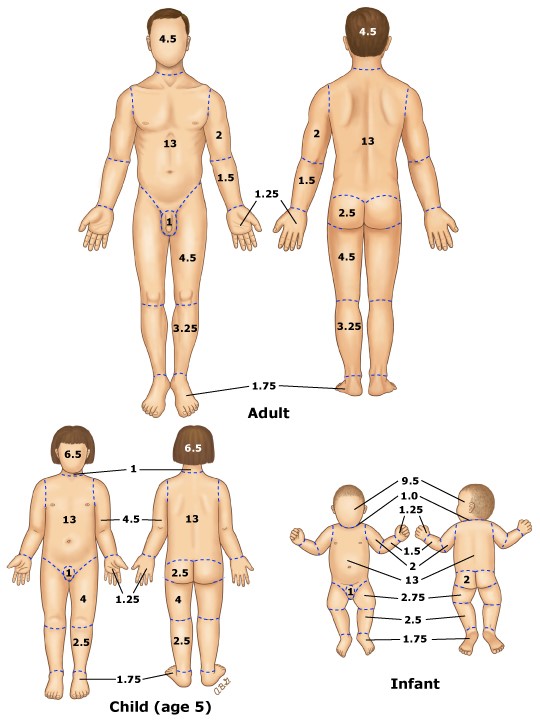A client in the recovery room following a procedure is unable to void, so the nurse obtains a prescription to perform a straight catheterization. After inserting the catheter, the nurse observes that the client has an immediate output of 500 mL of clear yellow urine. Which action should the nurse implement next?
Remove the catheter and palpate the client's bladder for residual distention.
Remove the catheter and replace with an indwelling catheter.
Allow the bladder to empty completely or up to 1,000 mL of urine.
Clamp the catheter for thirty minutes and then resume draining.
The Correct Answer is C
Choice A: Remove the catheter and palpate the client's bladder for residual distention. This is not the best action, as it may cause discomfort and trauma to the client. The catheter should not be removed until the bladder is fully emptied or up to 1,000 mL of urine is drained, as removing it too soon may cause urinary retention or infection.
Choice B: Remove the catheter and replace with an indwelling catheter. This is not the best action, as it may cause unnecessary exposure and trauma to the client. The catheter should not be replaced unless ordered by the healthcare provider, as replacing it may increase the risk of infection or urethral injury.
Choice C: Allow the bladder to empty completely or up to 1,000 mL of urine. This is the best action, as it can prevent bladder spasms, overdistention, or rupture. The nurse should monitor the urine output and color, and document the amount and characteristics of urine drained.
Choice D: Clamp the catheter for thirty minutes and then resume draining. This is not the best action, as it may cause pain and discomfort to the client. The catheter should not be clamped unless ordered by the healthcare provider, as clamping it may increase the risk of infection or bladder damage.
Nursing Test Bank
Naxlex Comprehensive Predictor Exams
Related Questions
Correct Answer is C
Explanation
Choice A: Think about reasons the episodes occur. This is not the best instruction, as it may increase the anxiety level of the client. Thinking about reasons may trigger negative thoughts, emotions, or memories that can worsen the anxiety. The nurse should teach the client to focus on coping skills rather than causes.
Choice B: Center attention on positive upbeat music. This is not the best instruction, as it may not be effective for all clients. Listening to positive upbeat music may help distract or soothe some clients, but it may also irritate or annoy others. The nurse should teach the client to choose music that matches their mood and preference.
Choice C: Practice using muscle relaxation techniques. This is the best instruction, as it can reduce the physical symptoms of anxiety. Muscle relaxation techniques involve tensing and relaxing different muscle groups in a systematic way, which can lower blood pressure, heart rate, and breathing rate. The nurse should teach the client how to perform muscle relaxation techniques and practice them regularly.
Choice D: Find outlets for more social interaction. This is not the best instruction, as it may not be feasible or helpful for all clients. Finding outlets for more social interaction may help some clients feel supported or connected, but it may also stress or overwhelm others. The nurse should teach the client to seek social support that is appropriate and comfortable for them.
Correct Answer is A
Explanation
Choice A reason: This is the correct answer.According to the rule of nines, each leg accounts for 18% of the total body surface area, and the anterior surface of each leg accounts for half of that, or 9%. Therefore, the patient has partial-thickness burns on 9% + 9% = 18% of the body surface area.
Choice B reason: This is incorrect. This would be the case if the patient had partial-thickness burns on the anterior and posterior surfaces of both legs, as well as the head and neck, which is not given in the question.
Choice C reason: This is incorrect. This would be the case if the patient had partial-thickness burns on the anterior surface of only one leg, which is not given in the question.
Choice D reason: This is incorrect. This would be the case if the patient had partial-thickness burns on the anterior and posterior surfaces of both legs, which is not given in the question.

Whether you are a student looking to ace your exams or a practicing nurse seeking to enhance your expertise , our nursing education contents will empower you with the confidence and competence to make a difference in the lives of patients and become a respected leader in the healthcare field.
Visit Naxlex, invest in your future and unlock endless possibilities with our unparalleled nursing education contents today
Report Wrong Answer on the Current Question
Do you disagree with the answer? If yes, what is your expected answer? Explain.
Kindly be descriptive with the issue you are facing.
